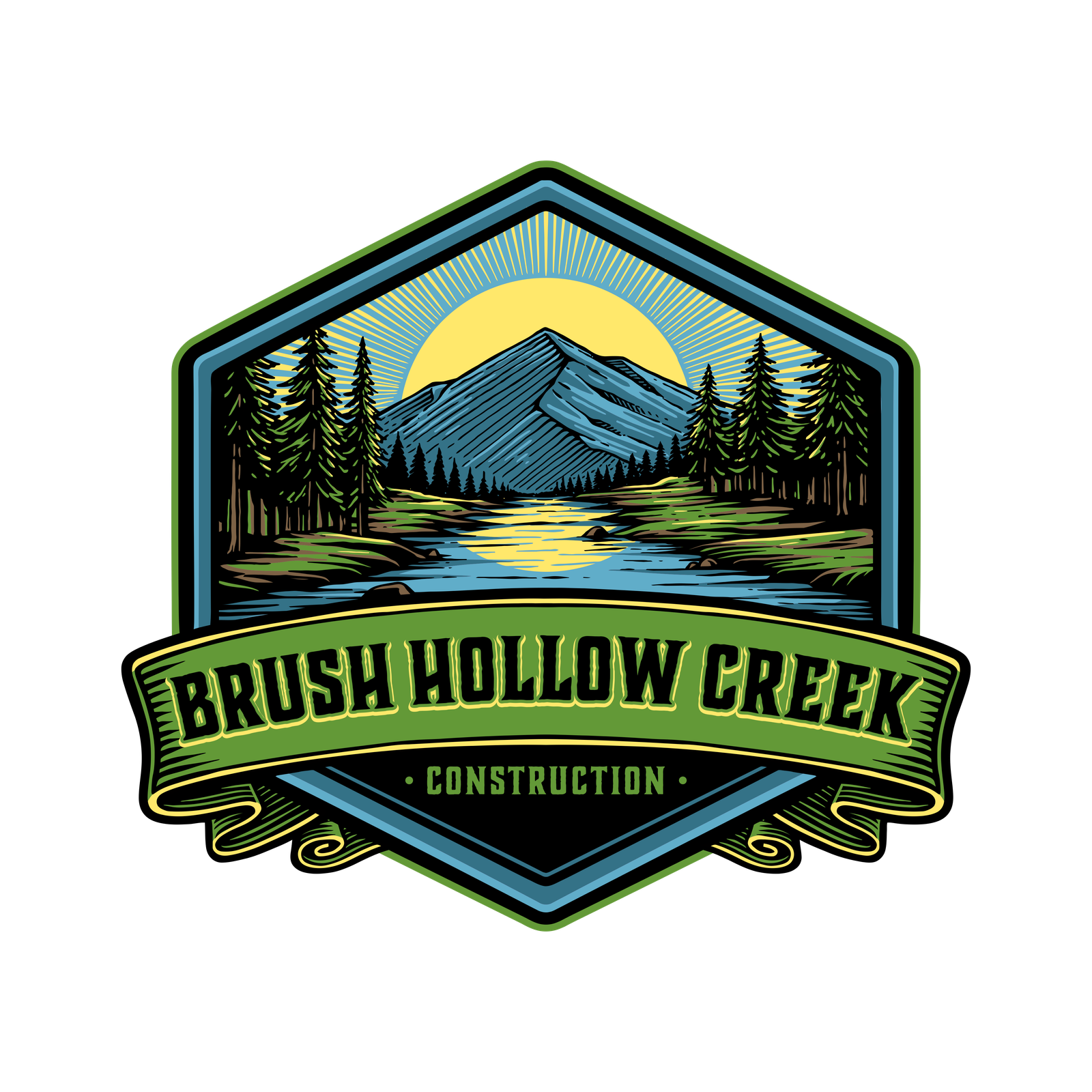Metal-framed buildings have gained popularity in residential, commercial, and industrial projects because of their strength, versatility, and cost efficiency. However, when exposed to harsh climates—from coastal salt air and heavy snow to extreme heat or high humidity—metal structures face unique challenges. Without proactive care, issues like corrosion, rusting, condensation, and structural fatigue can reduce both performance and lifespan.
This guide provides practical metal framing maintenance tips in harsh climates, helping property owners and facility managers protect their investment, ensure safety, and extend the durability of their buildings.
Understanding How Harsh Climates Affect Metal Framing
Metal is durable, but it reacts to environmental stressors over time. Knowing how harsh conditions impact steel structures helps in planning preventive maintenance.
- Moisture & humidity: Prolonged exposure leads to corrosion and rusting, especially when protective coatings wear out.
- Extreme cold & snow loads: Heavy snow increases stress on framing, while freeze-thaw cycles can cause condensation buildup.
- High heat & UV exposure: Continuous sun exposure can fade paint, weaken protective coatings, and cause thermal expansion.
- Coastal & salty environments: Salt spray accelerates oxidation and galvanic corrosion, which deteriorates structural integrity.
These effects highlight why metal building protection is not just about durability but also about adapting maintenance routines to specific climates.
Common Maintenance Challenges for Metal Structures
Before applying preventive measures, it’s important to recognize common problems affecting steel frames in tough environments:
- Surface corrosion and rusting – Unprotected or exposed steel develops rust that spreads quickly.
- Condensation and water infiltration – Trapped moisture inside walls or roofs causes mold, insulation damage, and hidden corrosion.
- Paint and coating deterioration – Sun, salt, and rain gradually erode protective layers.
- Fastener loosening – Temperature changes create thermal cycling, which expands and contracts connections.
These issues, if left unchecked, lead to costly repairs and compromise structural integrity.
Preventive Maintenance Practices
The best way to protect a metal building in harsh climates is through proactive care.
1. Regular Inspections
- Conduct bi-annual inspections and additional checks after major storms.
- Examine welds, joints, bolts, and fasteners for signs of stress or loosening.
- Detect early signs of oxidation or moisture penetration before they spread.
2. Protective Coatings & Paints
- Use galvanized steel coatings or apply epoxy and powder coatings for added protection.
- In hot, sunny regions, choose reflective or UV-resistant paints.
- Reapply protective coatings every few years as part of a long-term schedule.
3. Moisture Management
- Install vapor barriers and ensure proper insulation (high R-value materials).
- Maintain drainage systems, gutters, and downspouts to prevent water pooling.
- Seal all gaps and joints with polyurethane or silicone sealants to block infiltration.
4. Structural Reinforcement
- Add extra bracing in areas with frequent snow loads or hurricane-force winds.
- Use corrosion-resistant alloys like stainless steel or weathering steel for high-risk regions.
By combining these preventive steps, property owners can ensure building longevity and avoid major structural failures.
Seasonal Maintenance Checklist
Different climates require different seasonal care. Here’s a quick guide:
- Winter
- Remove excess snow and ice from roofs to prevent overload.
- Check insulation for condensation or freeze-thaw damage.
- Summer
- Inspect coatings for fading or cracking due to UV exposure.
- Check expansion joints for wear caused by heat-related expansion.
- Coastal regions
- Rinse the building exterior with fresh water regularly to remove salt deposits.
- Rainy seasons
- Clean gutters, downspouts, and ensure water runoff systems work efficiently.
- Inspect for leaks and reapply sealants where needed.
Following a seasonal maintenance schedule reduces emergency repairs and extends the lifespan of metal framing.
Best Practices for Extending Lifespan of Metal Framing
Beyond seasonal care, long-term strategies improve resilience:
- Routine cleaning: Wash off dirt, debris, and salt buildup.
- Rust removal: Use wire brushes or rust converters on affected areas.
- Sealing and waterproofing: Prevent air and water leaks that lead to internal damage.
- Upgraded insulation: Better insulation reduces condensation risks.
- Material upgrades: For extreme climates, opt for weathering steel or stainless steel.
These measures ensure the structure maintains strength, safety, and efficiency for decades.
Tools, Technologies & Innovations in Maintenance
Modern technology is making metal framing maintenance more efficient and predictive:
- Drone inspections: Enable safe and cost-effective monitoring of roofs and hard-to-reach areas.
- Smart sensors: Detect humidity, temperature fluctuations, and stress loads in real-time.
- Infrared thermography: Identifies hidden moisture and insulation gaps.
- Nanocoatings: Provide ultra-thin, durable corrosion resistance that lasts longer than traditional paints.
By adopting predictive maintenance systems, property owners can act before problems escalate, ensuring building sustainability.
Cost-Benefit of Regular Maintenance
Some owners hesitate to invest in regular upkeep, but the long-term savings are undeniable:
- Reduced repair costs – Fixing small cracks or rust spots is cheaper than major structural repairs.
- Preserved property value – A well-maintained building retains resale value.
- Extended service life – Proper care delays expensive renovations or replacements.
- Higher ROI – Lifecycle cost analysis shows proactive maintenance outperforms reactive fixes.
In short, maintenance savings far outweigh the expenses of neglect.
Conclusion
Maintaining metal framing in harsh climates requires a combination of preventive care, seasonal inspections, and modern technologies. From protective coatings and rust prevention to moisture management and structural reinforcement, each strategy adds years to a building’s lifespan.
By adopting these metal framing maintenance tips, property owners not only safeguard structural integrity but also ensure energy efficiency, cost savings, and sustainability in the long run.

